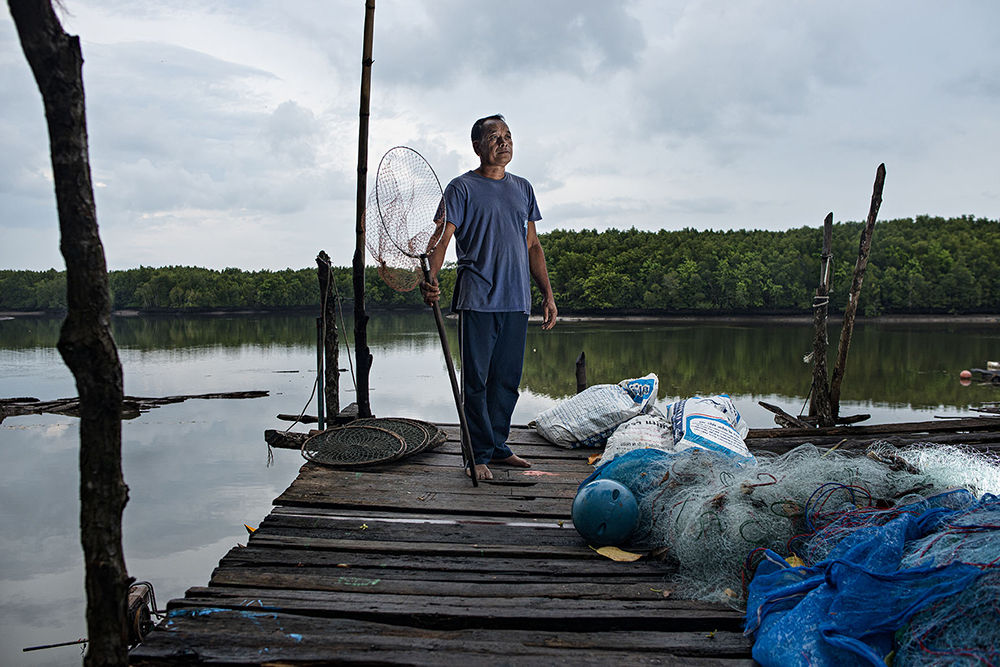Symbiosis
Giacomo d’Orlando
2022 — Thailand, Indonesia
About this series
The ocean covers 71% of the planet’s surface. It feeds us, protects us and absorbs more than 90% of the excess heat generated by global warming. It is an inestimable source of economic, social and cultural wealth – 3 billion people depend on marine and coastal biodiversity for their livelihoods. Oceans and coasts are vital allies in the fight against climate change, with coastal system absorbing CO2 emissions at rates up to 50 times those of the same area of tropical forest.
South East Asia has been classified as one of the regions most vulnerable to climate change, with Thailand and Indonesia in the top ten most affected Countries.
Symbiosis will demonstrate the interconnection of climate change related issues such as coral bleaching, ocean acidification, biodiversity loss, sea level rise and coastal erosion.
The project will investigate how these phenomena affect firsthand the life of the indigenous coastal communities and the marine environment.
In order to stimulate a proactive debate without generate a feeling of surrender and despair, a central part of the project is dedicated on the positive solutions that both local communities and scientific authorities are undertaking in order to preserve the health of the marine ecosystem for our future. This is the first chapter of a broader investigation that will be expanded in the next years in different macro-geographical areas. The aim is building an archive of the changes of our time, inspiring stakeholders to increase positive actions aimed to the preservation of the marine environment for the generations to come.
Photographer: Giacomo d’Orlando
Nationality: italian
Based in: Italy
Website: giacomodorlando.com
Instagram: @giacomo_dorlando
Giacomo d’Orlando (1990) is an Italian documentary photographer focused on environmental issues. His work looks at how the increasing pressure brought about by climate change are reshaping the planet and how present day society is reacting to the new challenges that will characterize our future.
His projects have been exhibited worldwide in photographic festivals and galleries, receiving also prestigious awards such as POYi Award of Excellence in Science & Natural History, Sony World Photography Award in environmental category, UN World Ocean Day Award in Nature Based solutions, IPF Photographer of the year 2022 among the others. Since the beginning of his career, he collaborated with international magazines being published on National Geographic, Washington Post, Stern, Der Spiegel, Mare Magazine, Paris Match, GEO France, El Pais, Vice, D-La Repubblica, FQMillennium, De Volkskrant and more.












